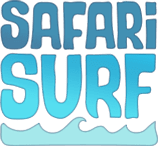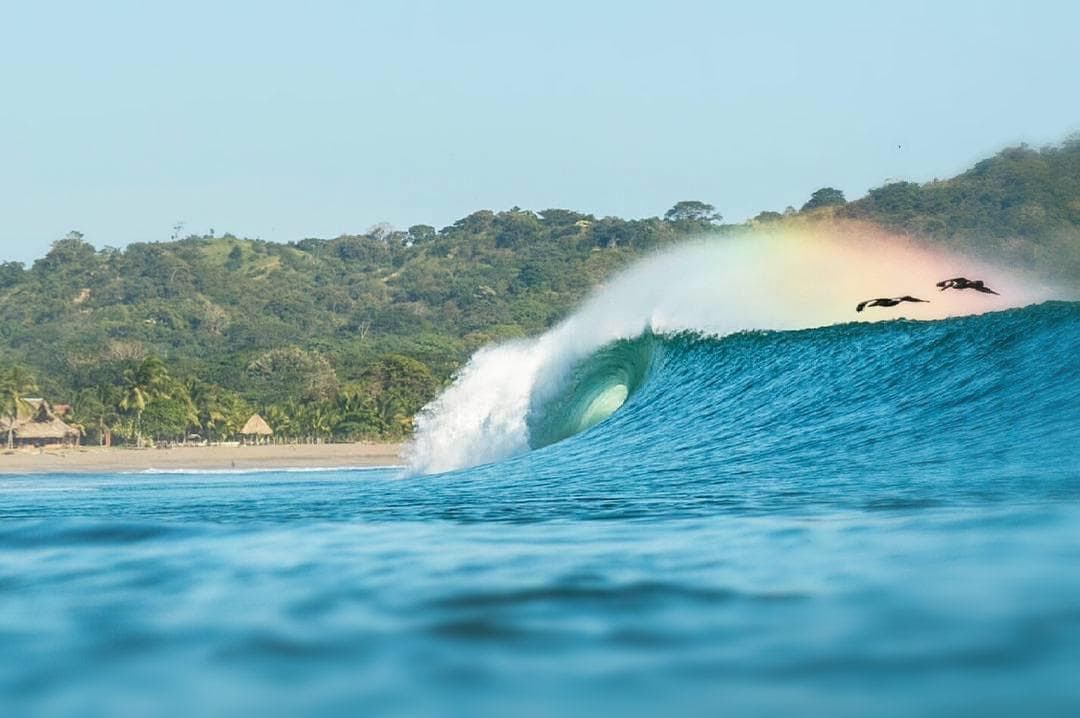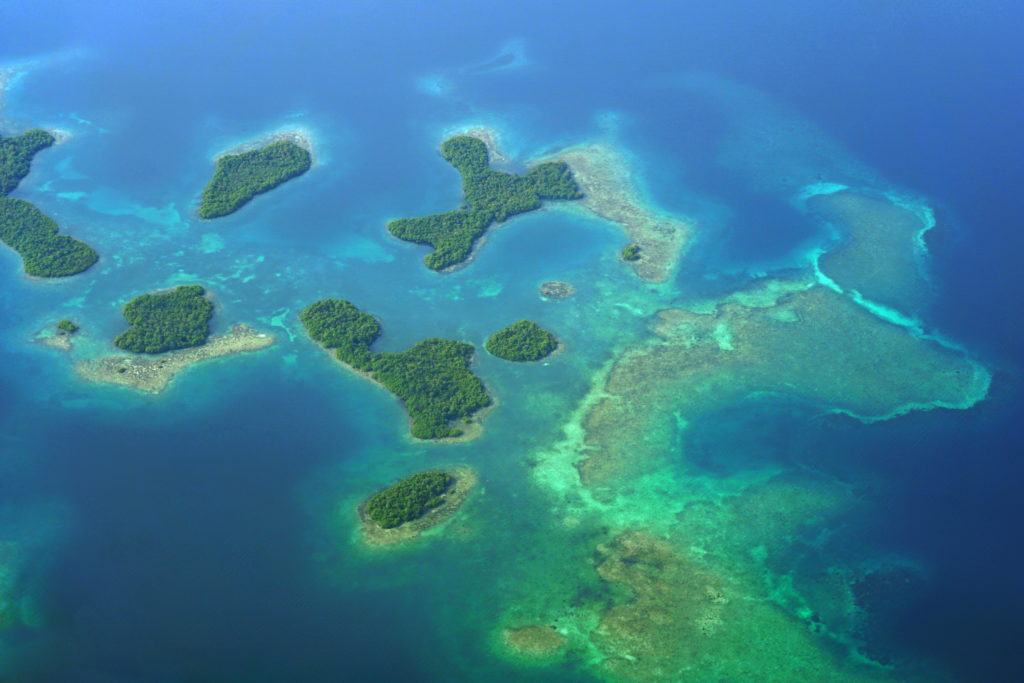Surfers have been chasing waves in Central America for decades. The sliver of land that connects North and South America has two dualling coastlines that each produce flawless surf and attract traveling surfers from all over the world. While most travelers focus their wave hunting on Costa Rica and Nicaragua, Panama has proven to be a worthwhile surf trip destination with world-class waves on both the Pacific and Caribbean Coasts, friendly locals, an incredible amount of biodiversity, and some of the most immaculate beaches in the world. While Panama has quality surf all year, each season brings something different. If you’re wondering when you should plan your Panama surf trip, continue reading below for Panama Surf Seasons: Decoding the Best Time of Year to Surf Panama.
Best Panama Surf Season for Beginner and Intermediate Surfers
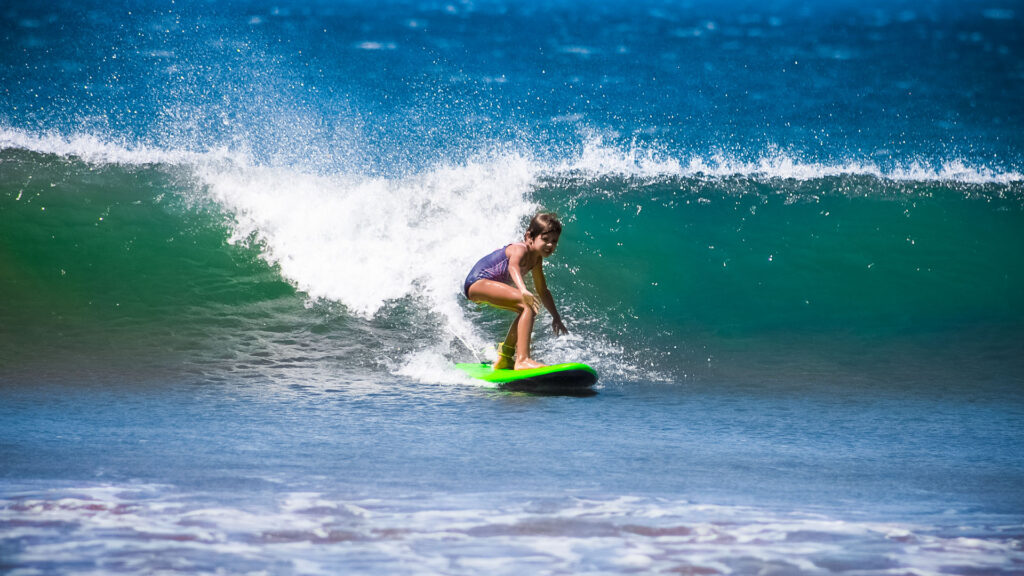
If you’re traveling to Panama’s Pacific Coast to learn to surf, visit during the Dry Season, which falls between October and April. During the Dry Season, you can expect cloudless blue skies, gentle offshore breezes, and small to fun-sized surf. While there’s still plenty of swell during the Dry Season, you’re unlikely to encounter overhead and above the surf, which would sideline most beginner and intermediate surfers. In addition to friendlier wave sizes, the Dry Season also sees cleaner wave conditions, thanks to the gentle offshore breeze that blows nearly all day during the height of the Dry Season. If you’re after learner-friendly Panama surf, head to Panama’s Pacific Coast during the Dry Season.
Panama Pacific Coast Swell Season
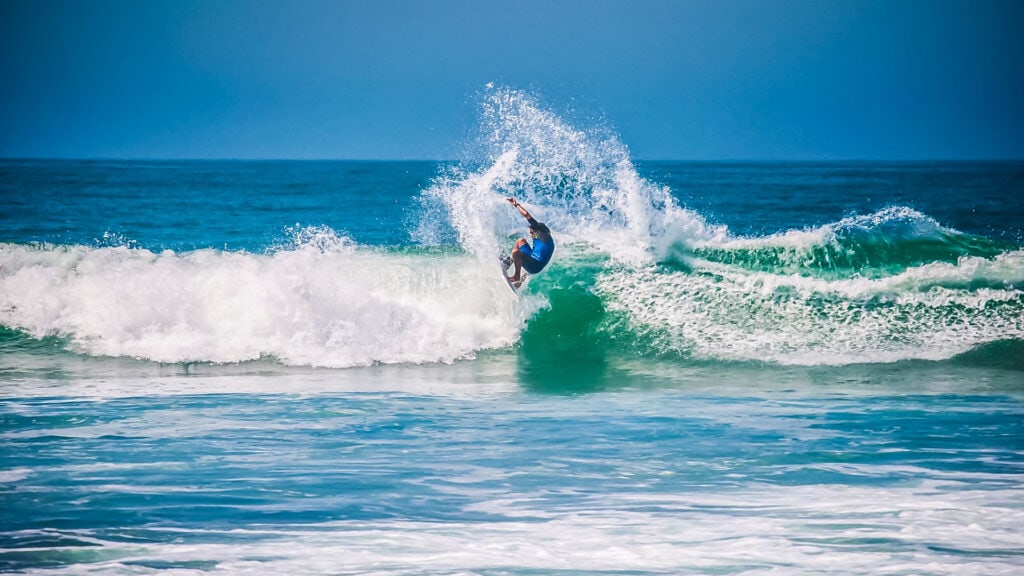
If you’re a high-level intermediate or advanced surfer looking to make the most of the Panama surf, head to Panama during the Rainy Season to chase large south swells on the Pacific Coast. The Rainy Season falls between May and September and is considered Central America’s official swell season. During the Rainy Season, powerful south swells form in Antarctica and travel up the Pacific Coast to Panama’s south-facing coastline. Premier waves on the Pacific Coast, like Playa Venao and Santa Catalina, come to life during the summer months. New surfers traveling to Playa Venao during the Rainy Season won’t be out of their league, thanks to the protected corners of the cove that have learner-friendly waves all year long.
Panama Caribbean Coast Swell Season
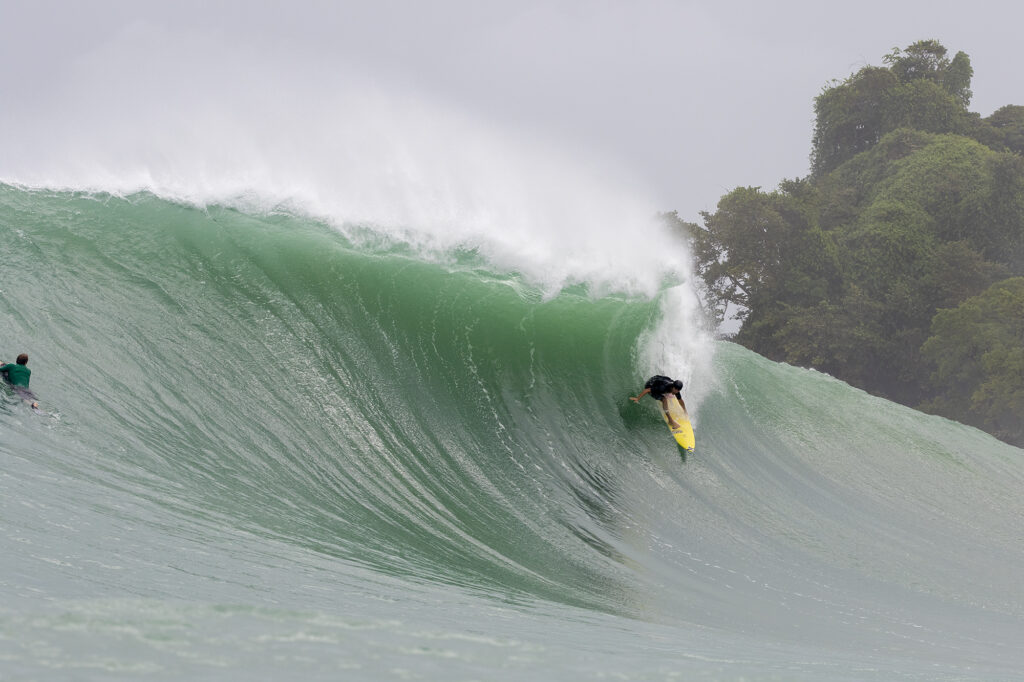
Panama’s Caribbean Coast is home to the world-renowned surf destination, Bocas del Toro. Bocas Del Toro is an archipelago in the Caribbean Sea, home to white sand beaches, pristine coral reefs, and world-class waves. Bocas Del Toro is an ideal surf destination for advanced surfers looking to chase warm water barrels that break over lively reefs. Bocas is an island community where you travel by water taxi to and from different islands and waves. Because of its location in the Caribbean Sea, the swell season in Bocas coincides with the Dry Season and the North American winter. During the winter, storms form off the coast of Canada and travel down the coast of the United States before reaching the Caribbean Sea, where they collide with the reefs in Bocas to form world-class surf. To chase Panama surf in the Caribbean book a winter trip and follow a swell down to Bocas del Toro.
To book your Panama surf trip and learn more about our Panama surf school in Playa Venao, head to our website. Stay tuned to the Safari surf blog for more surf and travel news.

